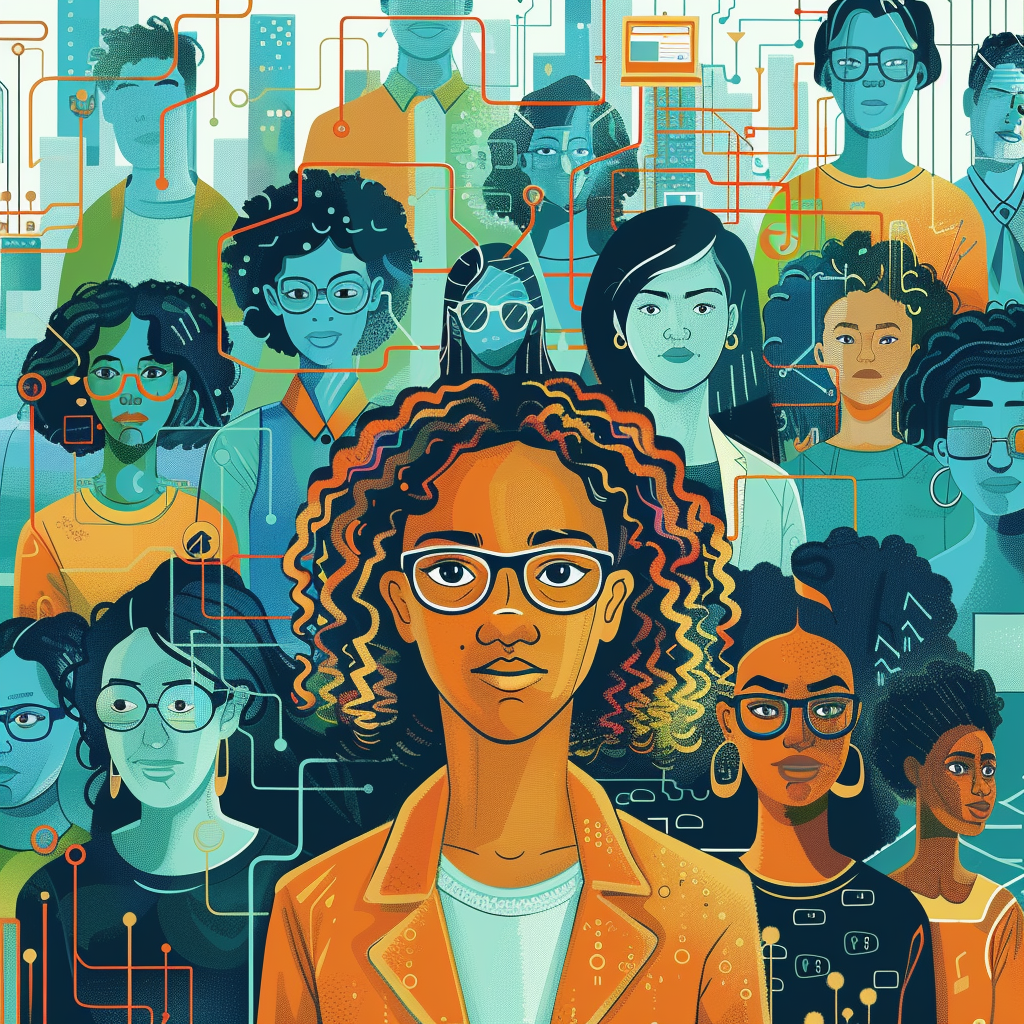Hey there, fellow STEM enthusiasts and advocates for inclusivity! Today, we’re diving into a super important topic: accessibility in STEM education. Yup, we’re talking about why it’s crucial to make science, technology, engineering, and mathematics education accessible for everyone, regardless of ability. So, grab a seat, get comfy, and let’s chat about how we can all work together to create a more inclusive and equitable learning environment for all learners!
Why Accessibility Matters
First things first, let’s talk about why accessibility is so important in STEM education. Accessibility means making sure that everyone, regardless of their abilities or disabilities, has the opportunity to fully participate in and benefit from STEM learning experiences. When we prioritize accessibility, we open the doors to learning for all learners, regardless of their physical, sensory, or cognitive abilities. Plus, accessibility isn’t just about compliance with laws and regulations – it’s about creating a culture of inclusivity where everyone feels valued and supported.
Breaking Down Barriers
But here’s the thing: for many individuals with disabilities, the traditional STEM classroom environment can be filled with barriers that prevent them from fully engaging in learning. From inaccessible materials and technologies to a lack of accommodations and support services, there are countless obstacles that can stand in the way of students with disabilities pursuing their passions in STEM. But fear not – we’re not letting these barriers hold us back. It’s time to break down those barriers, one by one, and create learning environments where everyone can thrive.
Promoting Inclusive Practices
So, how do we make STEM education more accessible for all learners? It starts with promoting inclusive teaching practices that meet the needs of diverse learners. That means providing accessible materials and technologies, offering alternative formats for presenting information, and providing accommodations and support services that meet the unique needs of students with disabilities. It also means fostering a culture of inclusivity where everyone feels welcome and supported, regardless of their abilities.
Advocating for Change
But it’s not just about what happens in the classroom – it’s also about advocating for systemic change at all levels. That means pushing for policies and practices that prioritize accessibility and inclusion in STEM education, from curriculum design to teacher training to funding priorities. It also means amplifying the voices of individuals with disabilities and ensuring that their needs and perspectives are centered in discussions about accessibility and inclusion.
Building a More Inclusive Future
So there you have it – a crash course in advocating for accessibility in STEM education. By breaking down barriers, promoting inclusive practices, and advocating for systemic change, we can create a more inclusive and equitable learning environment where everyone has the opportunity to succeed. So let’s keep the momentum going, keep advocating for change, and keep working together to build a brighter future for all learners. After all, when we prioritize accessibility, we create opportunities for everyone to reach their full potential!
Related Articles
- Advocating for Accessibility: Making STEM Education Inclusive for All
- Amplifying Voices: Advocacy for Women of Color in STEM
- STEM for Social Justice: Using Science and Technology to Drive Positive Change
- Fighting Bias in Tech: Promoting Diversity and Inclusion in Silicon Valley
- Mentorship Matters: Supporting Underrepresented Groups in STEM
- Intersectionality in STEM: Recognizing and Addressing Multiple Forms of Discrimination
- Empowering Women in Leadership: Advocacy for Equal Representation
- Addressing Diversity Gaps in STEM Education: Strategies for Inclusion
- Equal Pay, Equal Opportunities: Advocating for Gender Equality in the Workplace
- Breaking Down Gender Stereotypes: Challenging Bias in STEM


